Mice Pest Control & Mouse Exclusion Services in Massachusetts & New Hampshire
At Colonial Pest, we provide local pest control services in Middlesex County, Essex County, Norfolk County, Suffolk County and Worcester County, Massachusetts as well as Belknap County, Hillsborough County, Merrimack County, Rockingham County and Strafford County, New Hampshire.

WHY CHOOSE COLONIAL PEST CONTROL?
- All our technicians are highly Trained and State Certified.
- Our treatment methods are customized to your home to ensure elimination of infestation.
- Additionally our service includes blocking up exterior entry points along foundation (quarter size or smaller) *some foundations may require additional services).
- All work is warrantied
- Your satisfaction is 100% Guaranteed

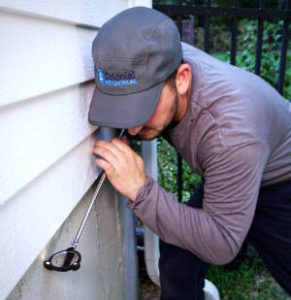
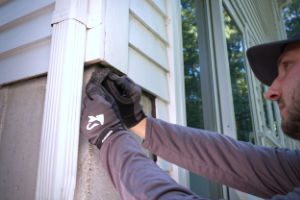
Types of Rodents
Numerous rodents live in Massachusetts and New Hampshire. Some New England rodents, such as chipmunks and squirrels are not that likely to come into your home, but they often invade yards and may come into homes or other buildings in the winter. Similarly, gophers, voles, and porcupines also tend to stick to the yard, outbuildings, sheds, and porches where they can easily access vegetation.
Rats and mice, in contrast, will readily invade your home, and they can cause all kinds of damage in addition to potentially spreading disease. When you hire a pest control expert, you need someone who understands the different types of rodents in Massachusetts and New Hampshire and the best ways to eliminate them. Keep reading for a closer look at common local rodents.
House Mouse
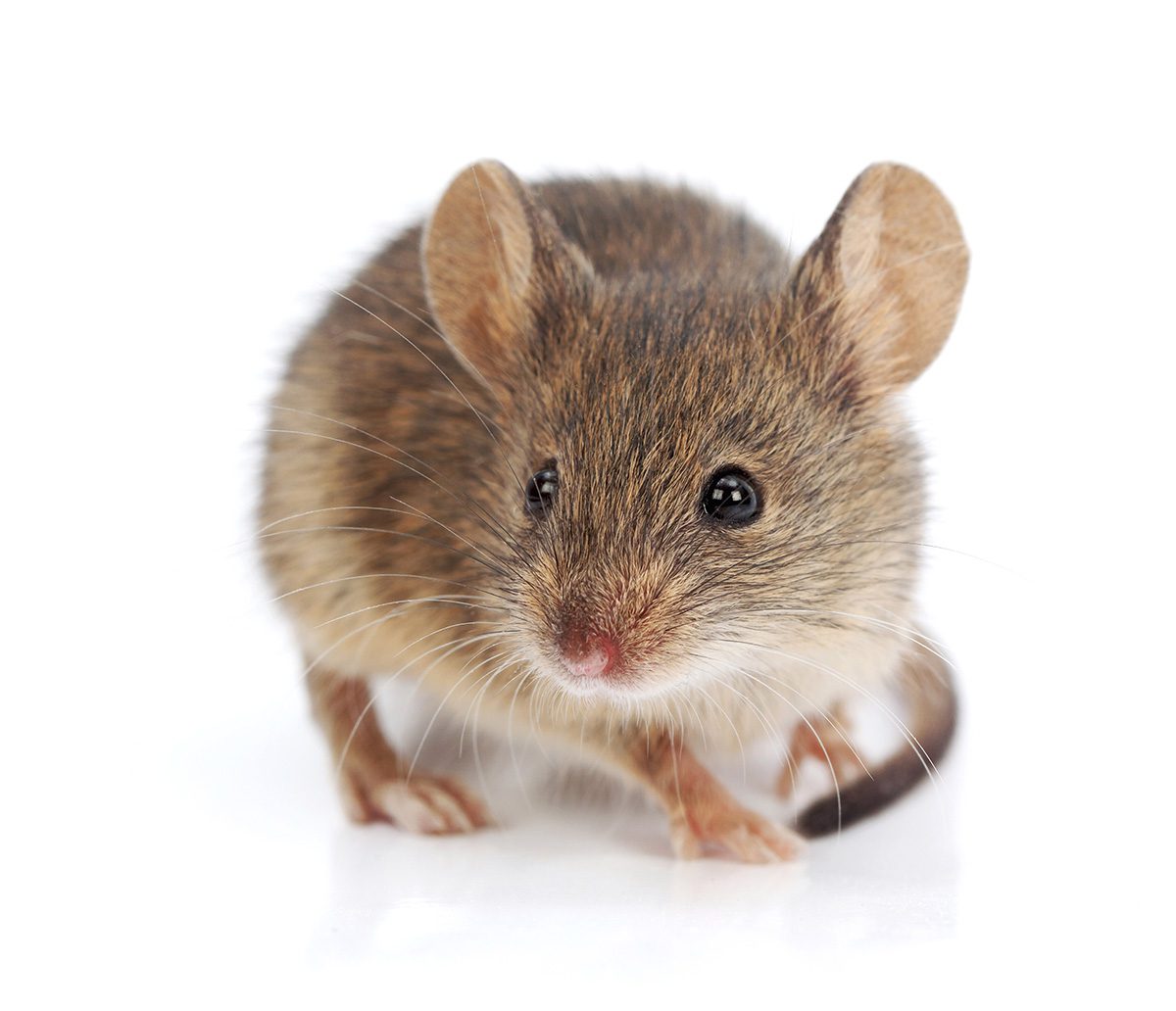
The house mouse is between three and four inches long with a two to four-inch tail, and it weighs about 1.4 to 1.6 ounces. These incredibly versatile mice can live anywhere from jungles and sand dunes to apartment complexes and suburban homes, but most house mice live near humans. There are very few truly wild house mice. The majority are pests but some serve as pet mice or laboratory mice.
Incredibly industrious breeders, the female house mouse can have five to 10 litters per year, and the average litter is three to 14 mice. Female mice mature in about six weeks, which helps to increase their population even faster and underscores the need to get help as quickly as possible before the infestation gets out of control. These mice can also spread diseases including Lymphocytic choriomeningitis (LCMV) which can be especially dangerous to pregnant women.
Additional Resources:
Norway Rat
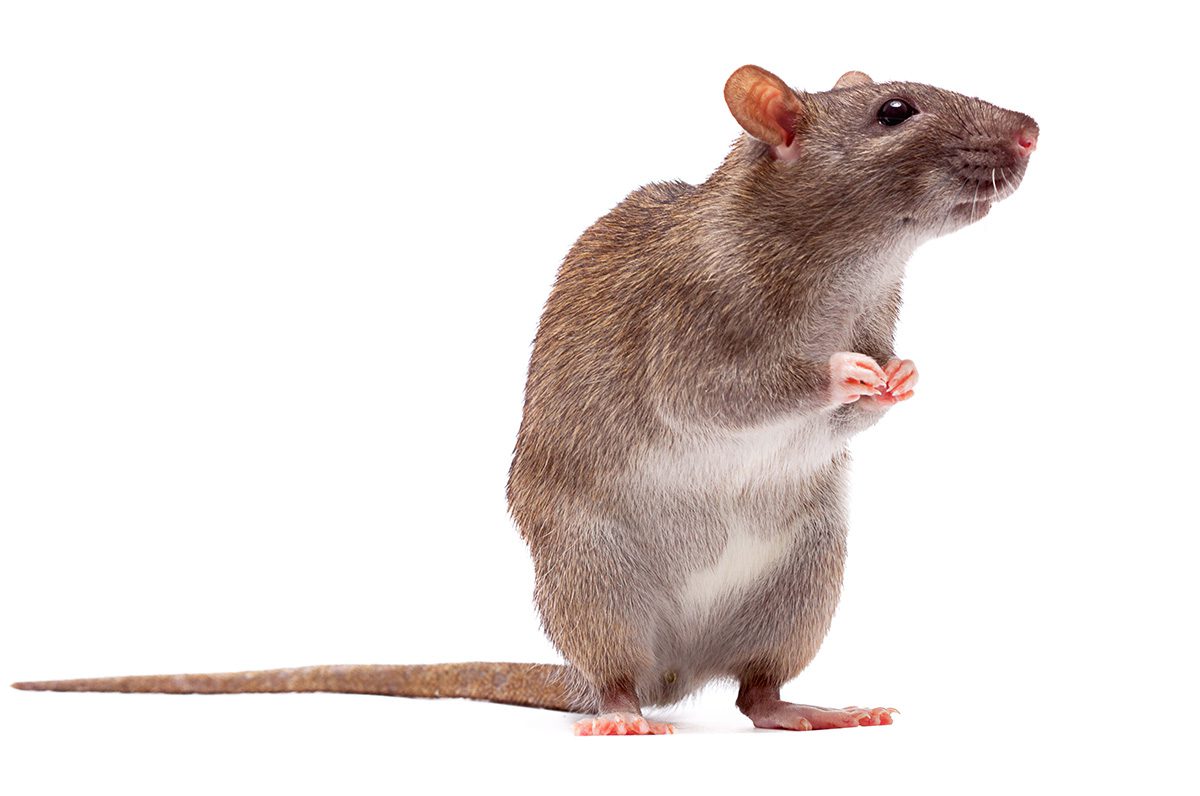
The Norway Rat, also known as the Brown Rat, Wood Rats, Street Rat, Sewer Rat, Water Rat,
Wharf Rat, or City Rat, etc. lives on every continent besides Antarctica, and it’s widely considered to be the most successful mammal species after humans. Stretching up to 11 inches long and typically weighing between 5 ounces and one pound, this rat has lots of nicknames, but whatever you call it, Rattus norvegicus is adept at adapting to almost any situation. Although it lives anywhere humans live, it has a few regional names as well, including Norwegian rat, Parisian rat, and Hanover rat.
Featuring brown or dark grey fur on its back with light grey or brown on its underbelly, the brown rat is about twice as big as a black rat. It eats almost anything, and they spread all kinds of illnesses including Weil’s disease, rat bite fever, and hantavirus. In New York City alone, experts suggest that there may be anywhere from 250,000 to 100 million brown rats.
Additional Resources:
HOW DO I KNOW IF I HAVE A MOUSE PROBLEM?
You might think that’s a dumb question. Surely anyone with mice living in their home would know that they have mice living in their home. Not necessarily. Rodents are successful in part because they can remain hidden when they have to, they forage under cover of darkness, and they nest in out-of-the-way places that are rarely disturbed. They don’t want to be discovered for obvious reasons. An extended family of mice could be living in your wall voids or your attic and only coming out at night to sneak crumbs or pet food in the kitchen!
Under those circumstances, you may not know that you are entertaining mice until their numbers get large enough (and that doesn’t take long) for you to notice the telltale evidence they leave behind. These are the signs that you have mice, with the most obvious first:
LOOK FOR EVIDENCE OF MICE
Mouse droppings, aka “poop” – Mouse droppings are usually the first and most obvious signs because mice don’t care where they poop. In fact, they poop out about 70 individual pellets during the course of a day, as they move about and all along their travel routes. Mouse droppings are black (when fresh) or gray (if older), elongate, and more or less pointed at each end, about 1/4 inch long (see All About Mouse Poop!). Mouse droppings are just as likely to be out in the open and visible, not hidden away like mouse nests or gnawing damage.
If you’ve had mouse problems in the past, don’t confuse old, dry droppings with those from a current mouse infestation. Fresh droppings are shiny black and have the soft consistency of putty if squeezed. Old droppings are dull, gray, and brittle and tend to break apart if squeezed.
Nests and nest material – Mouse nests are built in dark, isolated places at ground level where the female mouse and her brood won’t be disturbed, yet are near a food source (usually within 30 feet). The back corner of a lower kitchen cabinet behind little-used equipment is a typical spot. Other common nest sites are the back of a pan drawer under a stove, or behind a refrigerator, a back corner of a closet, or a dresser drawer, boxes stored in a garage or basement, or wall voids near a food source.
A mouse nest is not a neat little ball of fluff as you may think. It is constructed by the female of whatever soft materials she can find (string, tissues, yarn, fabric, leaves, paper towels, bits of insulation, pet hair, dryer lint) but is more often a loose, messy flattened mat, about the size of a grapefruit. The nest can also contain bits of hoarded food, droppings, and baby mice.
Mouse nests can be nearby and never discovered unless and until you know to look for them (see Where Do Mice Nest?)
Gnawing damage – Mice, like all rodents, have prominent teeth and like to use them. They gnaw on materials mostly to gain access to food or shelter. If they find a tiny hole or crack, or any place they can sink their teeth into, they will enlarge it by gnawing until they can fit through (see Did a Mouse Make That Hole?). They prefer to gnaw on softened wood but will successfully chew holes in many materials: plastic, rubber, leather, asphalt, fiberglass, even mortar.
Typical places to find access holes gnawed by mice are around the water pipes that enter underneath a kitchen sink, at a lower corner of an outside door, or through the rubber gasket under a garage door. Sites with gnawing damage are good candidates for mouse exclusion measures (ask us about installing gnaw-proof materials in susceptible sites).
Rub marks – If you’re not sure if that hole you found was made by a mouse, look for rough edges, wood shavings below, and rub marks around the opening. Rub marks are dark, greasy stains from the oils in a rodent’s hair that build up along any surface that the mice brush against frequently. Rub marks are yet another positive sign of the presence of mice but will be less noticeable in a new infestation. Smeary, dark rub marks can also be found along baseboards, pipes, or other objects that line a mouse’s runways or pathways. Rub marks found in a basement, behind stored items, or in an area not frequently used could be old.
Other miscellaneous signs of mice – If you have a pet, it might alert you to the presence of mice with barking, clawing, whining, or a stake-out of a nest site. Scratching or chirping sounds from a nest would get a pet’s attention. In a heavy or long-term infestation, you may be able to smell mice or their nests. More often, residents are first alerted to mice by smell when one dies in a wall void or other inaccessible area and they have to live with the foul odor for many days.
Hoarded food is another sign of mice but one that you may not see unless you open a wall or a little used desk drawer, or unpack a box in the garage. Mice will hide miscellaneous food that they have collected such as birdseed or dry pet food to save it for a rainy day. Sometimes this hidden food will become infested by food moths or beetles, offering another clue that mice might be part of the bigger problem (see Mice Will Hoard Food in Wall Voids).
WHEN DO MICE START TO MOVE IN?
Fall and early winter is when mice most often enter structures. As the weather cools and days shorten and outdoor food supplies dwindle, outside mice seek more comfortable nest sites with more available food. If they can find a way into your home, why not? A garage door is probably the number one entrance point for fall-invading mice (see Maintain Your Garage Door to Keep Mice Out).
If you’ve noticed any of the above signs of mice, give Colonial Pest a call right away. It doesn’t take long for a pair of invading mice to become 8 mice, then 40 mice, and so on. Our technicians can confirm signs of mice and determine whether they are old or active signs. We can set you up with a mouse elimination and prevention program right away! Guaranteed! Call Colonial today!
Additional Resources:
How Can We Keep Mice From Getting Into Our House?
Maintain Your Garage Door to Keep Mice Out
Other Types of Rodents
Roof Rat
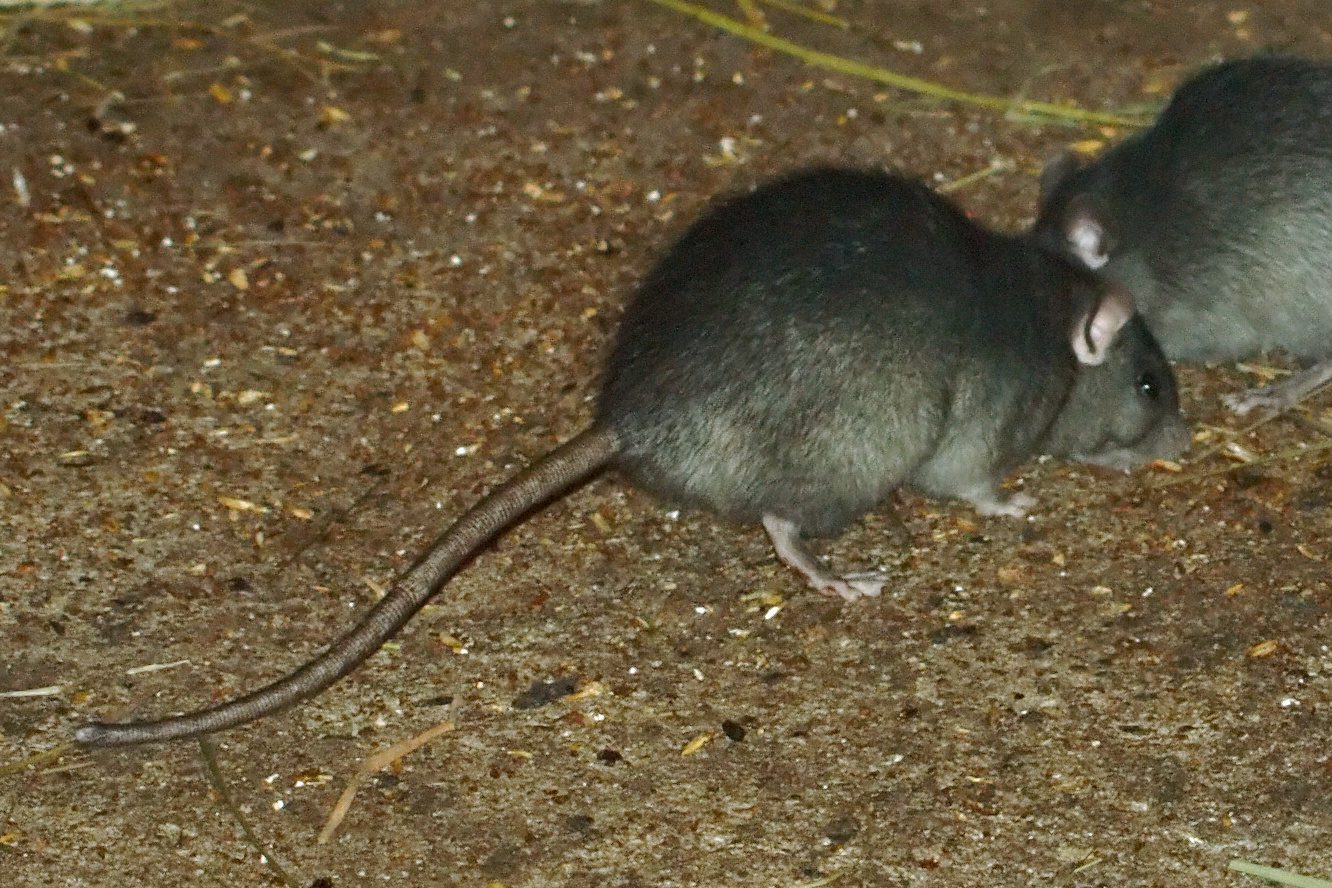
The infamous roof rat, also called a ship rat, a black rat, or a house rat, Rattus rattus has a stunning history. Originally from India and Southeast Asia, this rat spread through the Roman Empire and into Great Britain during the first century. Then, as European ships traveled the world, the black rat jumped aboard, and they’ve been living all over the world, including in the United States for over 500 years.
These rats are referred to as roof rats because of their affinity for nesting in high places both inside and outside. They look frightening, and they can spread disease and cause damage.
This rat was instrumental in spreading the deadly black plague throughout Europe, and in the modern day, it continues to spread diseases, some of which are incurable. The black rat can adapt to numerous habits in all kinds of climates. In urban areas, these rats make their homes in warehouses and residential dwellings, and in rural areas, they tend to set up in barns next to fields.
Field Mice – Deer Mice
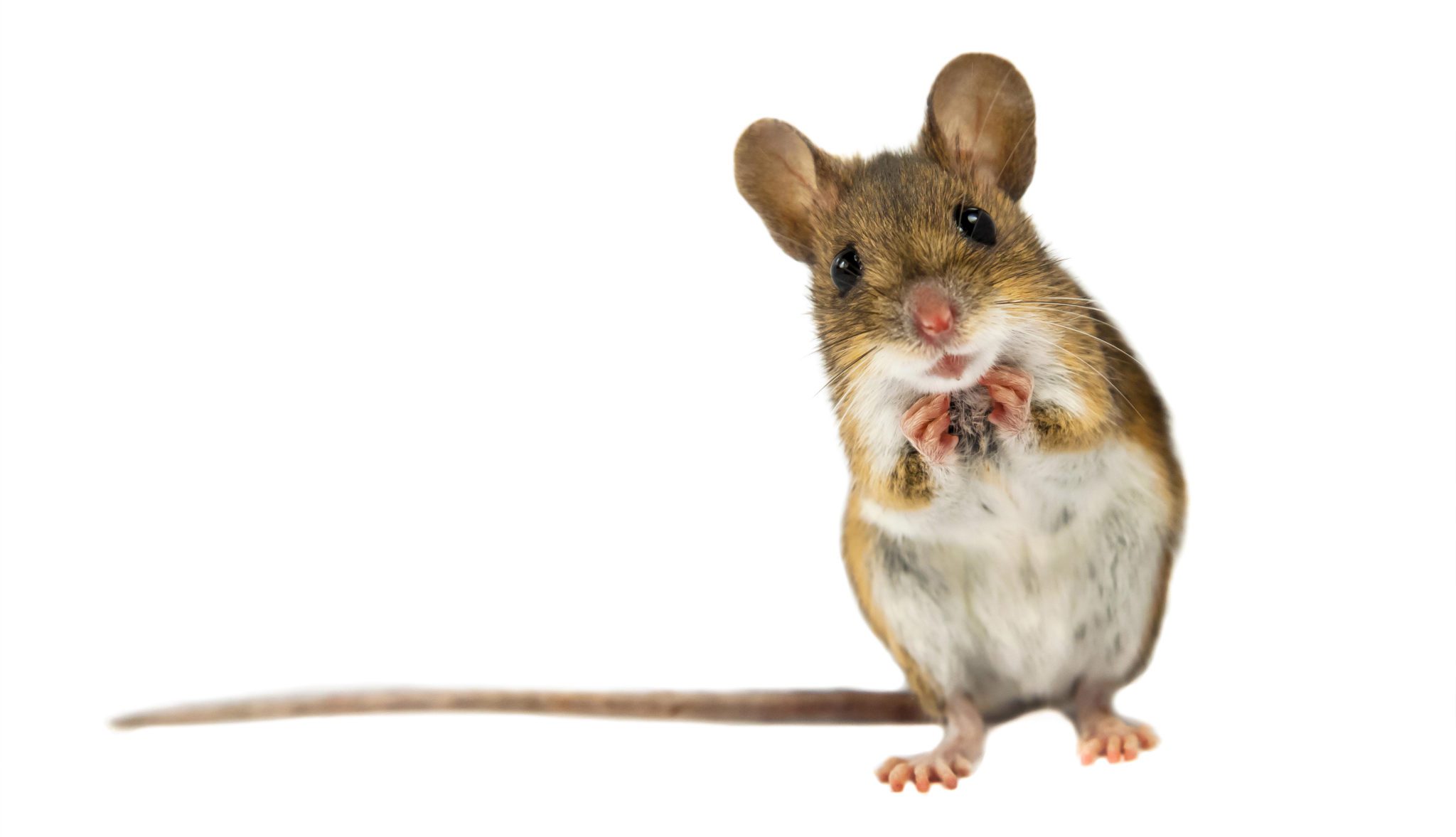
Slightly bigger than the house mouse, the deer mouse measures five to eight inches long, and it features a brown overcoat with a white underbelly. The tail of Peromyscus maniculatus is distinctly bicolored and is slightly longer than its body. Although these rodents don’t tend to come into homes very often, they can be a major pest around farms and in vacation homes. Native to North America, the deer mouse is great at jumping and running, and they carry several scary diseases including hantavirus and Lyme disease.
Field Mice – White Footed Mice
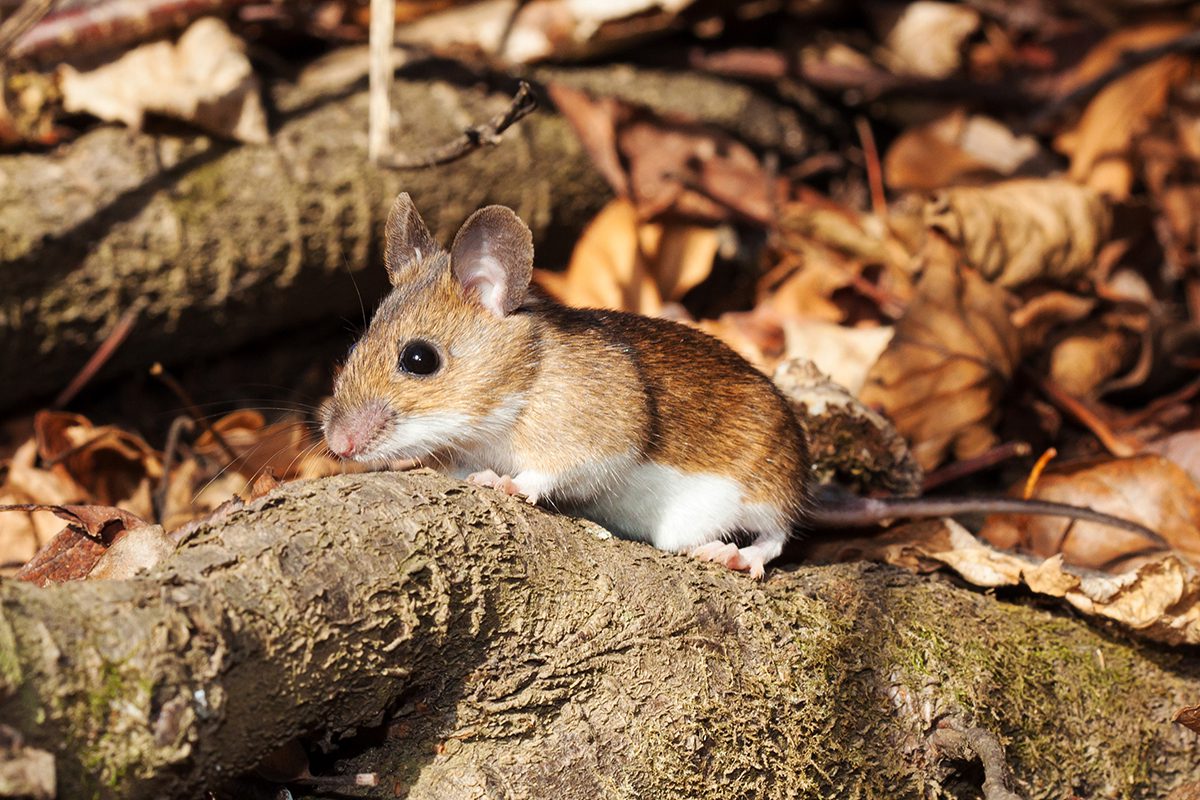
Similar in appearance to Deer Mice, White Footed Mice are especially capable of climbing, and are often found nesting in the attics of homes. Peromyscus leucopus also communicates in a unique way, rapidly drumming with its front paws to broadcast information to its ilk. Its tail is slightly shorter than the body, and the coloring (darker on the top or the bottom) is less distinct than the Deer Mouse.
Voles
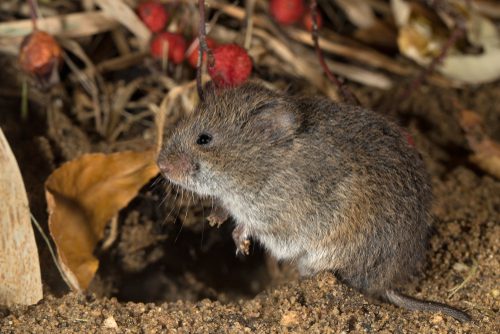
Although a vole is closely related to a mouse, you can tell the difference by their shorter tail, smaller ears, and rounder faces. Voles can be anywhere from three to nine inches long, and they are also called field or meadow mice. Generally, voles do not invade homes, but they are very hard on yards and gardens, often killing young plants or trees by girdling or eating their root systems.
Additional Resources:
Understanding the Life Cycle of Rodents
While there are many different kinds of rodents, our customers usually call us to deal with these two very common types:
Mice: Typically, you find the common house mouse inside of a dwelling. However, sometimes field mice such as deer mice will look for shelter inside too.
Rats: The main difference between rats and mice is that rats are larger, and they spread more diseases. The most common rats found inside are black rats (also called roof rats) and brown rats (also called Norway rats). These creatures make these nests inside and outside of structures.
Rat Reproduction
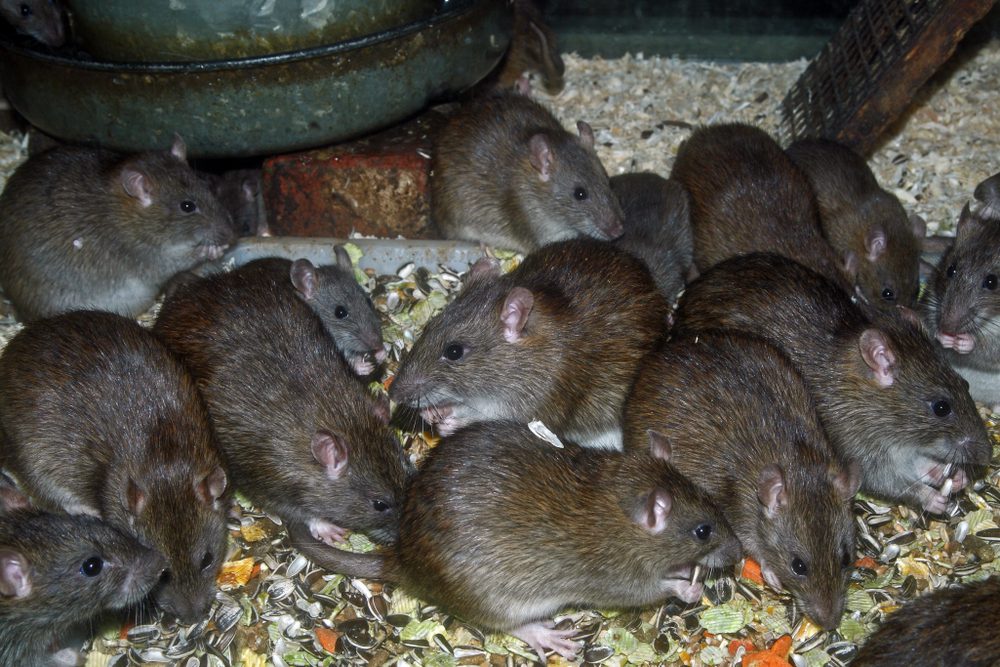
Typical rats only live a few years. However, during this relatively short life span, a pair of rats can produce 2,000 offspring if left to breed unchecked. To understand a bit more about the lifecycle of these rodents, check out these facts:
- Rats are able to reproduce at about three months of age.
- Female rats are receptive to males or willing to mate up to 15 times each year.
- Rat litters contain three to eight pups.
Estimates claim that the United States has a population of rats just about as large as the total population of people, and in some areas, there may even be more rats than people.
Mouse Reproduction
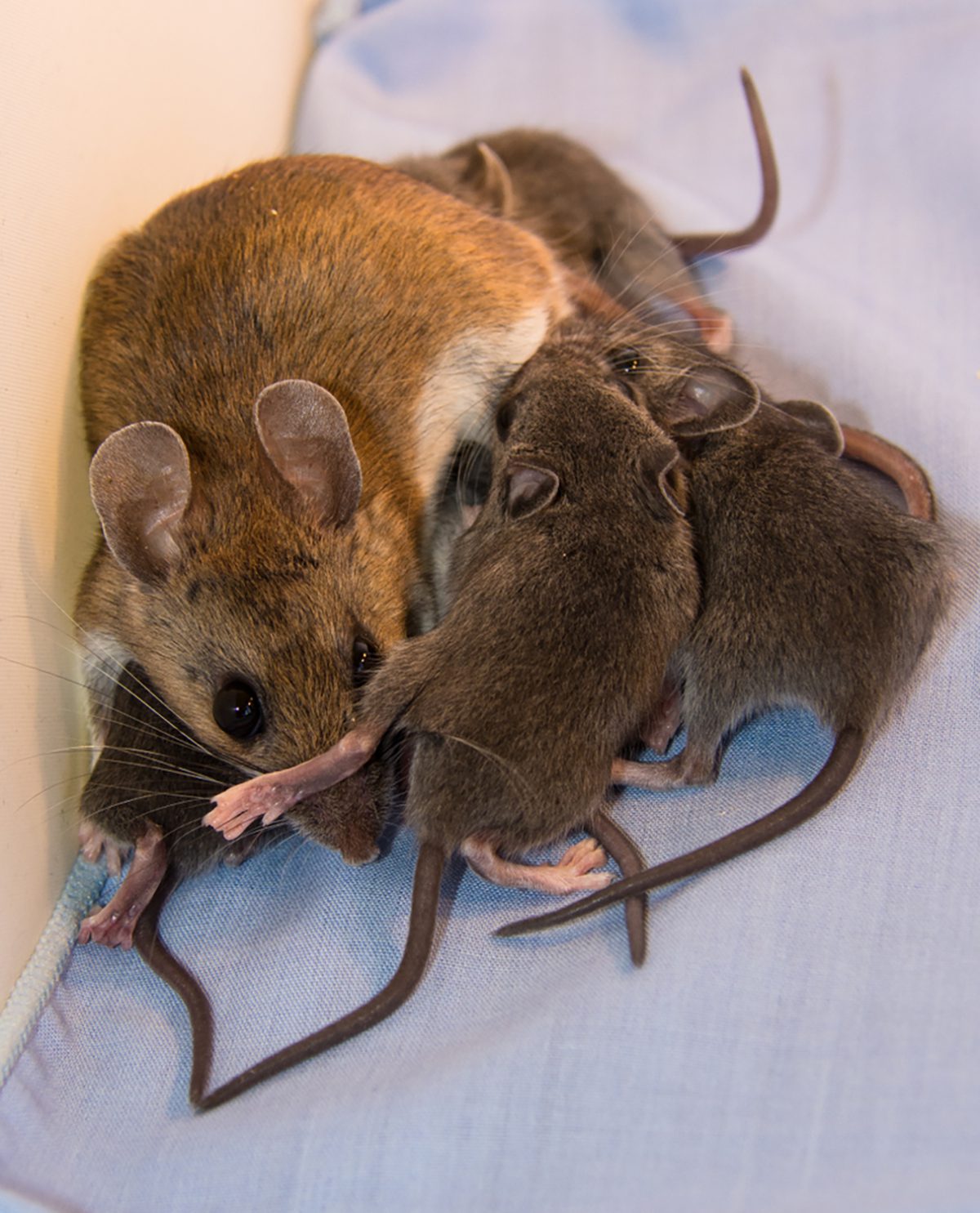
Mouse populations also boom very fast. Litters can contain up to 13 baby mice, and one female can produce up to 10 litters in her lifetime. That’s up to 130 mice per year for a single female mouse, and as her offspring start to breed, that number climbs a lot higher.
Not only can one female mouse give birth to almost 100 descendants every year, her descendants also tend to begin mating very quickly. While male mice usually must be about eight weeks old to reproduce, and the females only need to be about six weeks old. In no time at all, a pair of mice can have thousands of descendants. If a couple of mice move into a space, they can increase to infestation-level numbers extremely rapidly.
What Else Should You Know About Rodents?
The good news is that most rodents don’t enjoy a very long natural lifespan. However, they reproduce so quickly that they replace themselves many times over before they die of natural causes. For such small animals, they are also surprisingly difficult to kill. For instance, rats often survive getting flushed down a toilet. In some cases, they can crawl right back up the pipe that they were flushed down and return to their nests. They also eat just about anything, which includes food that you eat, pet food, and even your pet’s poop.
Both rats and mice can carry diseases, and some of these issues can even be fatal. In some cases, breathing dust that has mixed with rodent droppings or urine can be hazardous. While these small animals may come inside to look for food, they also chew on your walls, wires, and just about anything else that they can find. Rodents breed rapidly, are hard to get rid of, and can cause serious illnesses and damage. Some folks enjoy keeping a pet mouse or other rodent in a cage, but you do not want to share your home with hundreds of wild rodents.
Rodent Behavior
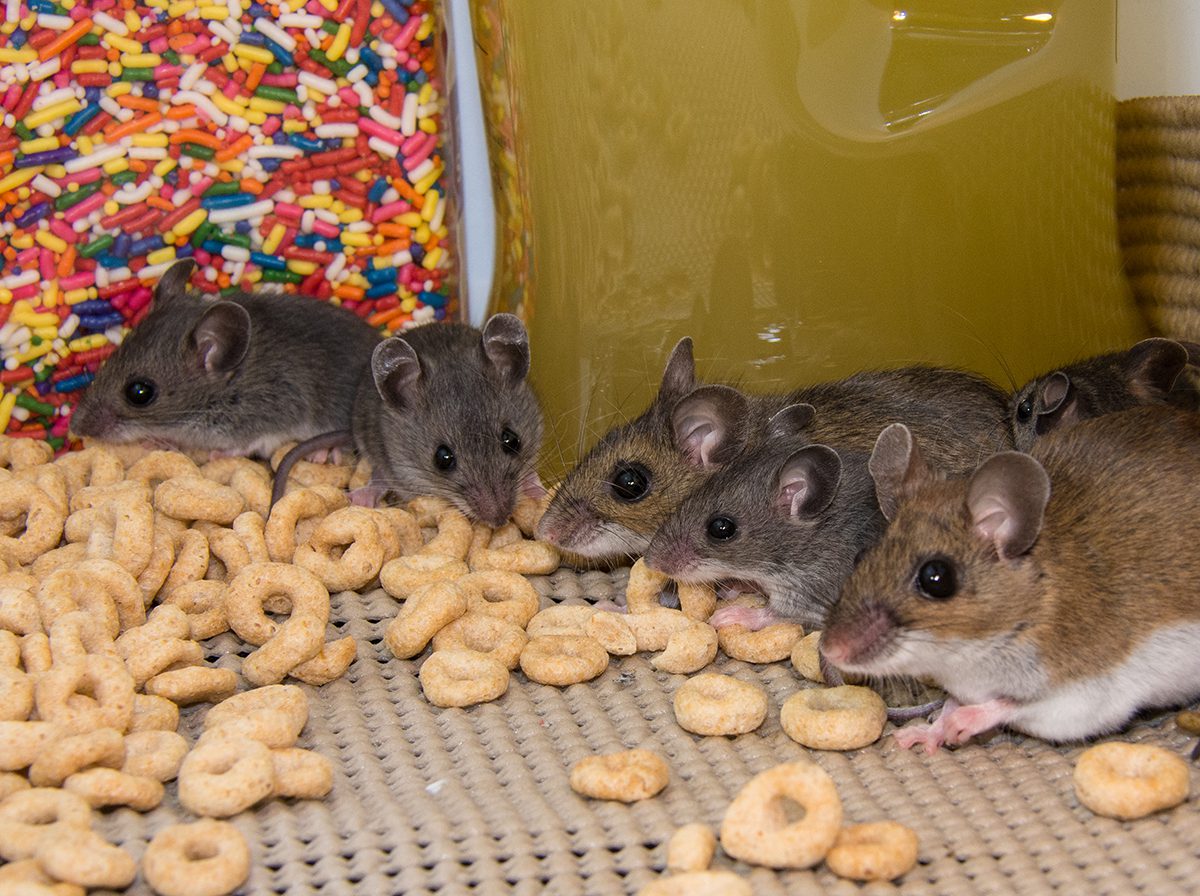
Rodents are social creatures who prefer to live together in groups. Some rodents like the brown rat live in small family groups with multiple females and a single male. Others like the vole tend to take a monogamous approach to their lifestyles. Rodents can create nests in a variety of places, depending on their species, and most live in a set territory but travel as needed for food or new mating opportunities.
Other Interesting Rodent Resources
“Tall Tales” about Mice and Rats
It’s National Rodent Awareness Week!
The Offspring of One Female Mouse
Four Things Mice Don’t Want You to Know!
Mouse Problems: Diseases & Damage
Mice and rats are highly destructive. They consume 1/5 of the world’s grain supply and contaminate much more. Inside a home, they can eat upholstery, gnaw through walls, and potentially cause structural damage. They cause millions of dollars of damage each year to books, documents, stored foods, and clothing. Other common complaints are holes in siding, foundation disruption, and soil erosion from tunneling, and these issues can lead to structural damage.
Mice and rats leave behind fecal matter and urine trails. Mice may only eat about three grams of food per day, but they can contaminate roughly ten times that amount every day. For instance, a mouse comes into a pantry, chews through a box of cereal, and only takes a few corn flakes, but during the process, he contaminates the whole box as well as foods in the surrounding area.
Mice pest control in Massachusetts and mice pest control in New Hampshire are important to ensure the health and safety of humans. In fact, some estimates claim that as many as 80% of house fires of unknown origin are caused by rodents chewing through wiring in walls or in electrical equipment. Rats and mice have been implicated in transmitting over 50 diseases (viral, bacterial, parasitic) such as food poisoning, rat-bite fever, hantavirus, and intestinal worms, and both rats and mice can and do bite people.
Rodent prevention at home means practicing good sanitation inside your home, garage or barn. Mice and rats are opportunists. If they see food, they will try to eat it. To discourage them, you need to keep floors free of crumbs and pet food. Ideally, all food in pantries should be off the floors and stored in rodent-proof containers if possible.
Even so, most homeowners will have a mouse infestation sooner or later. Once mice enter human living spaces, removal and control become necessary. If you have an infestation, you need to figure out where the rodents are entering the home and close down those openings. At the same time, you need to eliminate all the rodents that have entered the home in a way that is safe and effective.
Disease
Rodents can directly and indirectly transmit a number of diseases. The exact diseases vary depending on the type of rodent, but some of the most common diseases spread by rodents include hantavirus pulmonary syndrome, hemorrhagic fever with renal syndrome, the plague, rat-bite fever, and salmonellosis. These creatures are also indirect transmitters of Colorado tick fever, Lyme disease, Rocky Mountain spotted fever, and West Nile virus.
Additional Resources:
Plague is Still Around…But Not to Worry
Hantavirus and LCMV: Two Major Reasons Why You Should Not Share Your Home With Mice.
What Do Mice in My Yard Have to Do With Lyme Disease?
Deer Mice Are Cute, But Could Be Bad for Your Health!
Allergies & Asthma

Mice and rats can increase allergic and asthmatic symptoms in people of all ages but especially in children. Rodent dander and feces are both very allergenic. Additionally, mice can produce a protein that sticks to dust and flies through the air. Then, when people inhale those dust particles, they have an allergic reaction. In most cases, the allergic reaction is stronger if the infestation is more widespread. Sometimes, the allergic reactions can lead to an asthma attack.
Additional Resources:
Mice can be a trigger for asthma:
Rodents & Property Damage
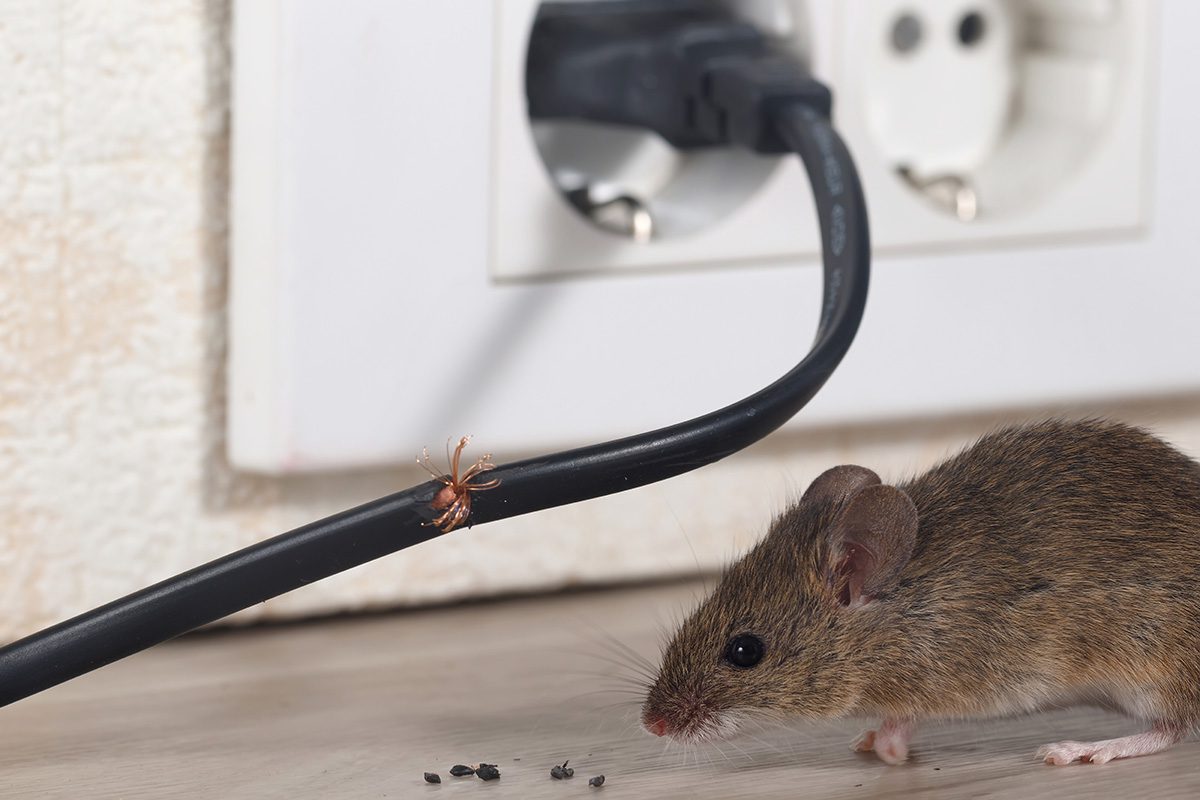
To get inside buildings, mice and rats generally need to chew through walls and insulation. Once inside, they make their nests by pilfering bits of upholstery, carpets, stored clothing, and anything else they can find, leaving destruction in their wake. While setting up their homes, mice may even eat wood framing or other elements that can lead to structural damage in homes or commercial properties.
Additional Resources:
Other Resources for Rodent Problems
In The City, Rats Are a Big Deal!
10 Reasons Why Rats Creep Us Out!
No Wonder Mice Are Such Good Pests!
Your Spices Could Contain Insect Parts and Rat Hairs!
Why We Don’t Like Living With Mice!
Where You Find Mice
Rodents live all over the world, except for Antarctica. There are over 2,000 species of rodents, and they live in a variety of environments. They can live in deserts or tropical forests. They can live in the country or in the city. Some prefer a hole underground, while others prefer living in a comfortable suburban home.
While some rodents such as voles tend to stay outside, others like the house mouse almost always live near humans and are very infrequently found truly in the wild.
Rodents in the Home
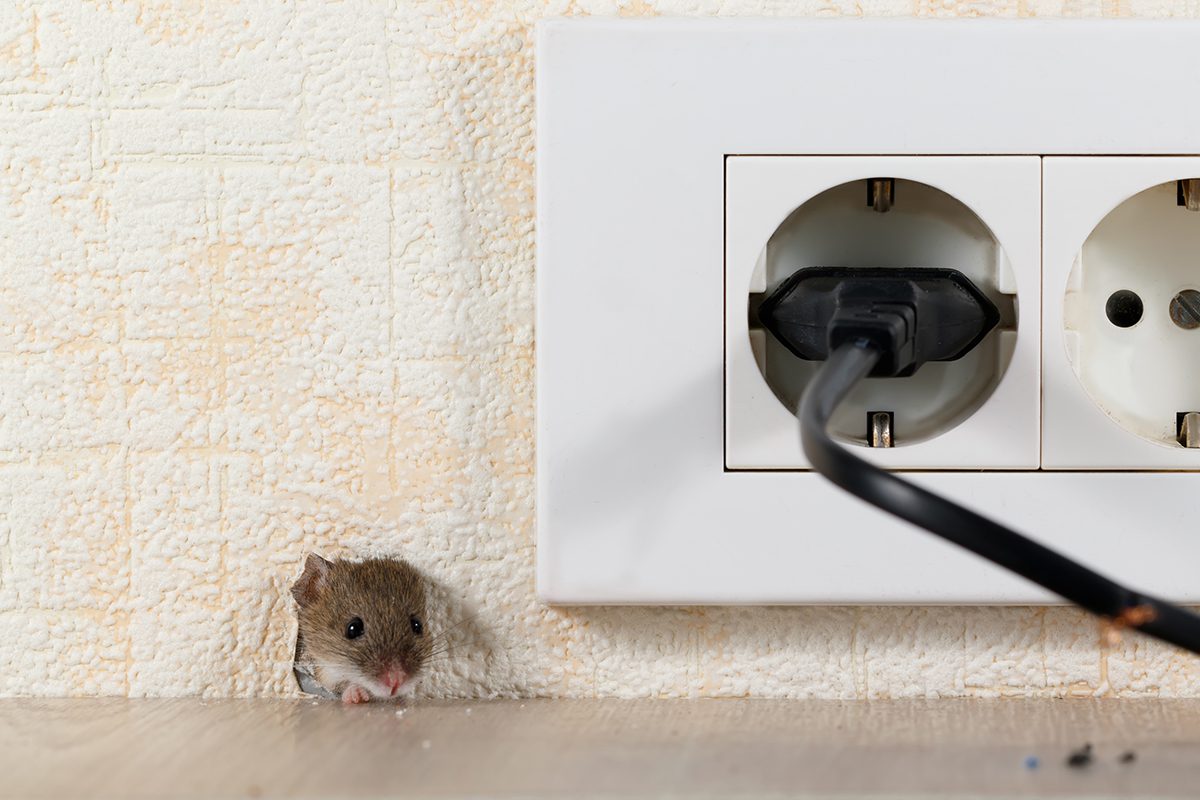
Once mice get inside a home, they prefer to live in a sheltered location. They gravitate toward spaces in the wall, under floors, or in attics. They may set up homes in boxes in storage rooms, under shelves, or anywhere they can feel relatively safe and private. In most cases, mice tend to be nocturnal, and they are good at hiding. The popular expression “if you see one mouse, there are more in the walls” tends to be true in many situations. Rats also tend to stay hidden, and if you see one, there is likely to be more in hiding.
Additional Resources:
Why Are There Mice in My Attic?
Rats in the Crawlspace? – What to Look For
Why Your Garage Makes a Nice Home for Mice!
Rodents in Other Places
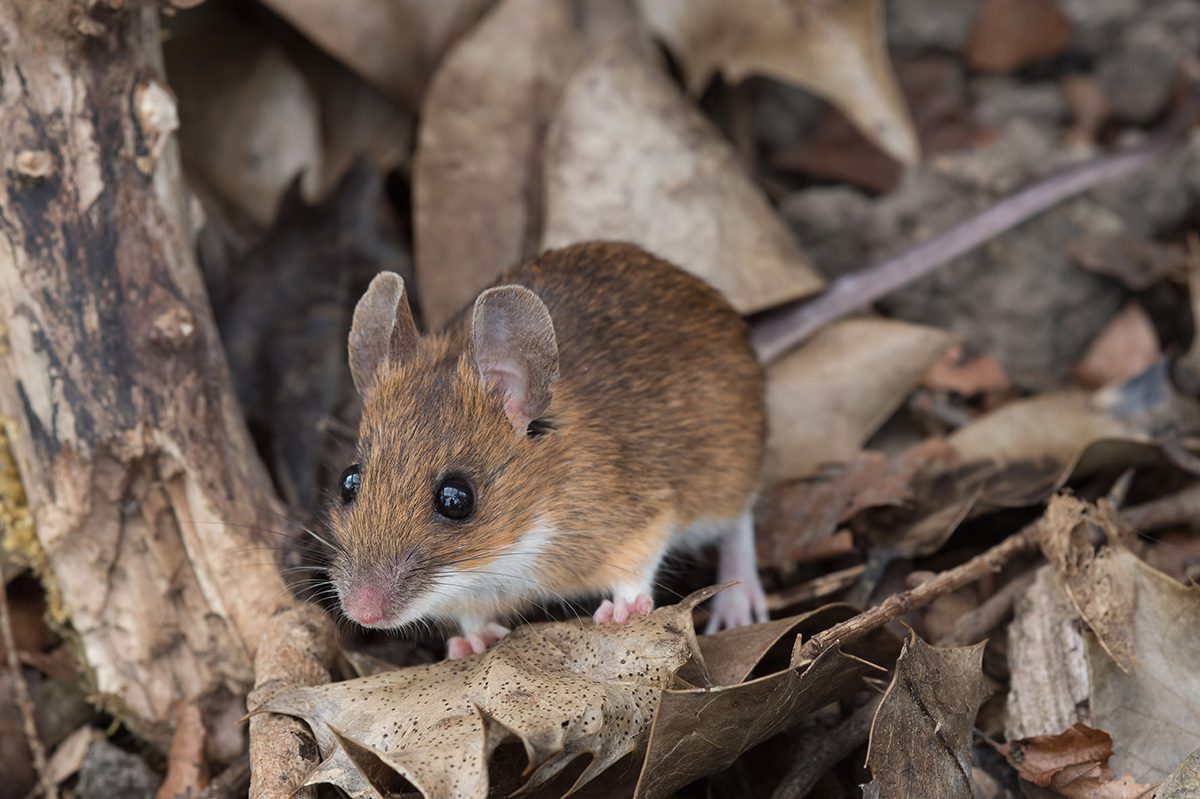
Outside the home, rodents may try to seek shelter in garages, sheds, barns, and other outbuildings. However, some rodents permanently live outside, and they may cause intense damage to crops, gardens, trees, and other kinds of plant life.
Additional Resources:
Signs of Mice or Rats
Mice and rats are nocturnal and tend to stay hidden. As a result, most people see signs of mice or rats long before they catch a glimpse of the actual animal. To protect your home and the health of your family, you should understand the signs of a possible infestation.
Identifying Rodents by Their Scat
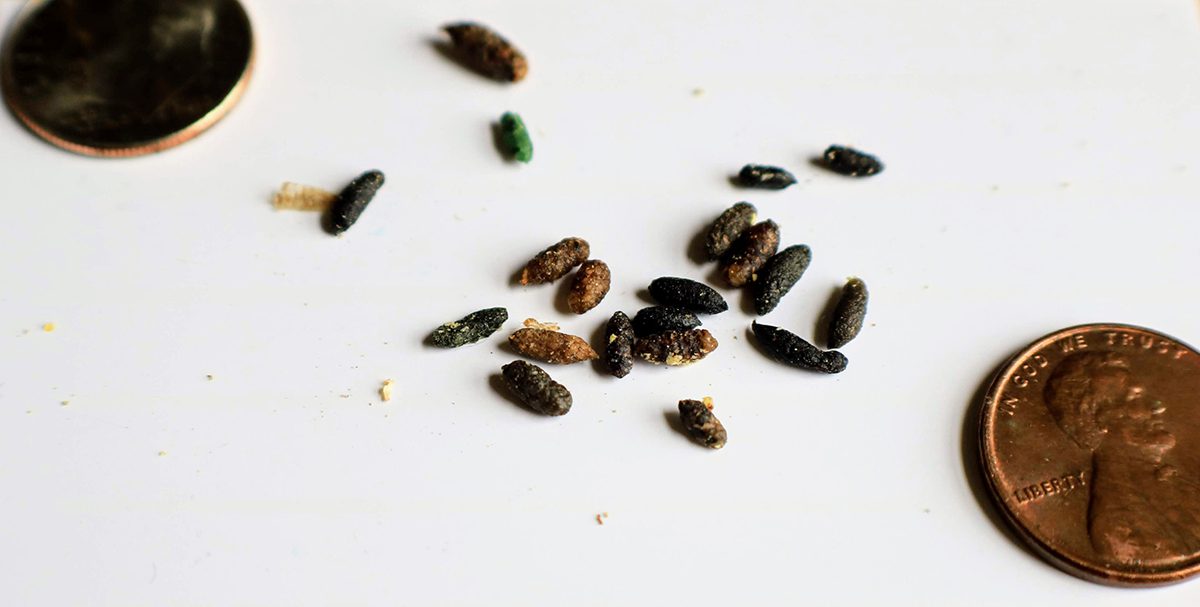
One of the first signs of a mouse or rat infestation may be droppings. Typically, you can expect to find droppings under cabinets, along floor boards, or other places between the rodents’ nests and their food sources. Mouse scat is about 1/8 to 1/4 inch long. It looks similar to a kiwi seed and is comparable in shape to a piece of rice with narrow ends.
Rat poop also tends to be wider in the middle and narrow at the ends, but it’s much larger than mouse droppings. Rat scat tends to be 3/8-inch-long and about 1/8-inch diameter at its widest point.
Additional Resources:
Nests & Burrows
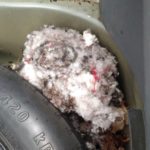
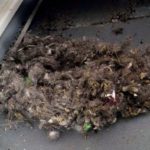
Mice nests feature shredded paper, fabric, or other soft items arranged into a comfortable sleeping spot. Generally, these nests are in hidden areas, so you aren’t likely to see them unless they are inside a cabinet or under a piece of furniture. However, the openings leading to the nests are typically relatively clean holes measuring about 1.5 inches in diameter. You may see these holes along walls or in corners.
Brown rats make burrows that tend to be inside in lower areas like crawl spaces or basements or outside along foundations in discrete areas near garbage, wood piles, or shrubs. Generally, rat burrows feature smooth, packed down dirt with loose dirt around the two to four-inch opening, and they can be linked by extensive tunnels. Roof rats or black rats tend to build their nests in attics or ceilings or around trees.
Additional Resources:
Is That a Mouse Nest Inside My Wall?
Could You Recognize a Mouse Nest?
Yikes! Is That Mouse Nest Still in Use?
Other Signs of Rodents
In addition to scat or nests, other signs of rodents include scampering noises coming from attics, crawlspaces, or walls, especially in the evening. Some rodents eat their own scat reducing the amount of scat that you may find in the house, but you may notice odors from urine or rub marks along walls that serve as rodent thoroughfares. Your pets may start acting strangely. They may seem to lie in wait near cabinets, appliances, or other areas where they smell mice lurking.
Additional Resources:
Telltale Signs That You Have Mice!
That Dead Mouse Really Smells!
Why Are There Acorns in My Garage?
How to Check for Mice in Your House
Are You Helping Rodents Make Your House Home?
Like all mammals, rodents are simply looking for a place where they can stay warm, find good food, and raise a family. Although that sounds nice, you don’t need generations of rodents turning your house into their home and spreading destruction and disease in the process. To keep your home as rodent-free as possible, you need to understand the conditions that make a home look inviting to rodents.
Food Invites Rodents
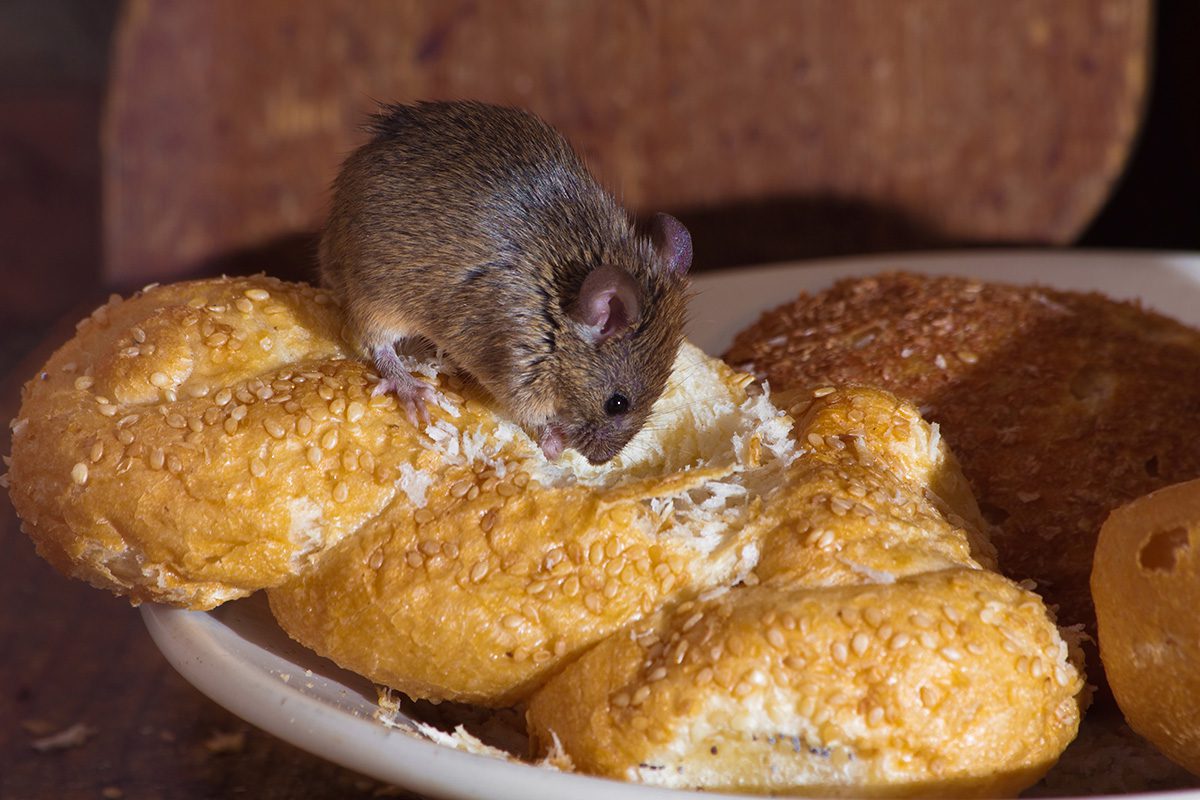
Rodents need food. They can’t live in an area that doesn’t have food. That includes food crumbs on the floor, but rodents can also be very attracted to pet food or food stored in easy to gnaw through cardboard containers. Even crafts made out of popcorn or dried pasta noodles can provide a snack to rodents, luring them into your storage spaces.
Additional Resources:
Pet Food Invites Mice – Advice From the Pros
Home Conditions Can Invite Rodents
Rodents who live outside look for comfortable places to hide such as in old cars, around compost heaps, near wood piles, or in overgrown landscaping. As temperatures fall, rodents become more likely to come inside. They find gaps around pipes or vents, but they also take advantage of open doors or pet entries. To prevent them from coming inside, you need to be diligent about finding these openings and closing them. Rodents can also chew through rotten siding or use their sharp teeth to make all kinds of openings and crevices larger.
Additional Resources:
Additional Resources:
How Can We Get Rid of Mice in Our Cabin?
Getting Rid of Mice – Advice From the Pros
Identifying and Removing Mice and Rats from Your Home
How to Get Rid of Mice…for Good!
Trapping Mice with Glue Boards – Advice From the Pros
Additional Resources:
Mice! Glue Traps or Snap Traps?
How to Place Snap Traps for Mice
Additional Resources:
Are Mouse Glue Traps a Good Idea?
Advantages & Disadvantages of Rodent Glue Traps
Pros and Cons of Using Glue Traps for Mice
Using Mouse Glue Traps at High Temperatures
How to Unstick a Mouse Glue Trap
How To Remove a Mouse Glue Trap From a Child
How to Unstick Your Child (or Your Pet) From a Mouse Glue Trap
Additional Resources:
The Bait Rats Find Irresistible: Part One
Loose Mouse Bait Has Been Banned by EPA
What’s the Best Bait for Mouse Traps?
Mouse Problem – Should You Bait or Trap?
Other Rodent Trap Resources
How to Use Mouse Traps Successfully
Use Traps to Avoid Dead Mouse Odors
Rodent Prevention Tips
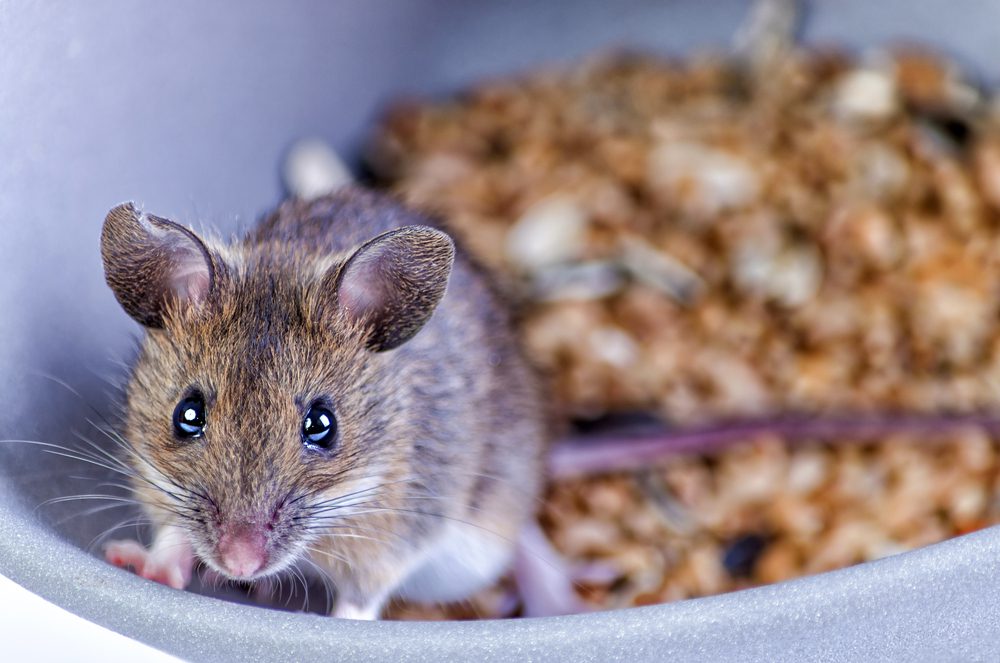
To deter rodents from coming into your home, be extra vigilant with food. Clean floors diligently, don’t keep dried foods (including in crafts or art projects) in storage areas, and repackage foods in your pantry so they are in rodent-proof glass jars or plastic containers. Consider only putting out pet food when your pets are eating, and make sure trash and compost containers are well sealed. Also, look for sources of water such as leaky pipes.
Additional Resources:
It’s Time to Look for Mouse Entry Points Around Your Home
Mouse-proofing Your Home – Advice From the Pros
Seasonal Rodent Infestation Prevention
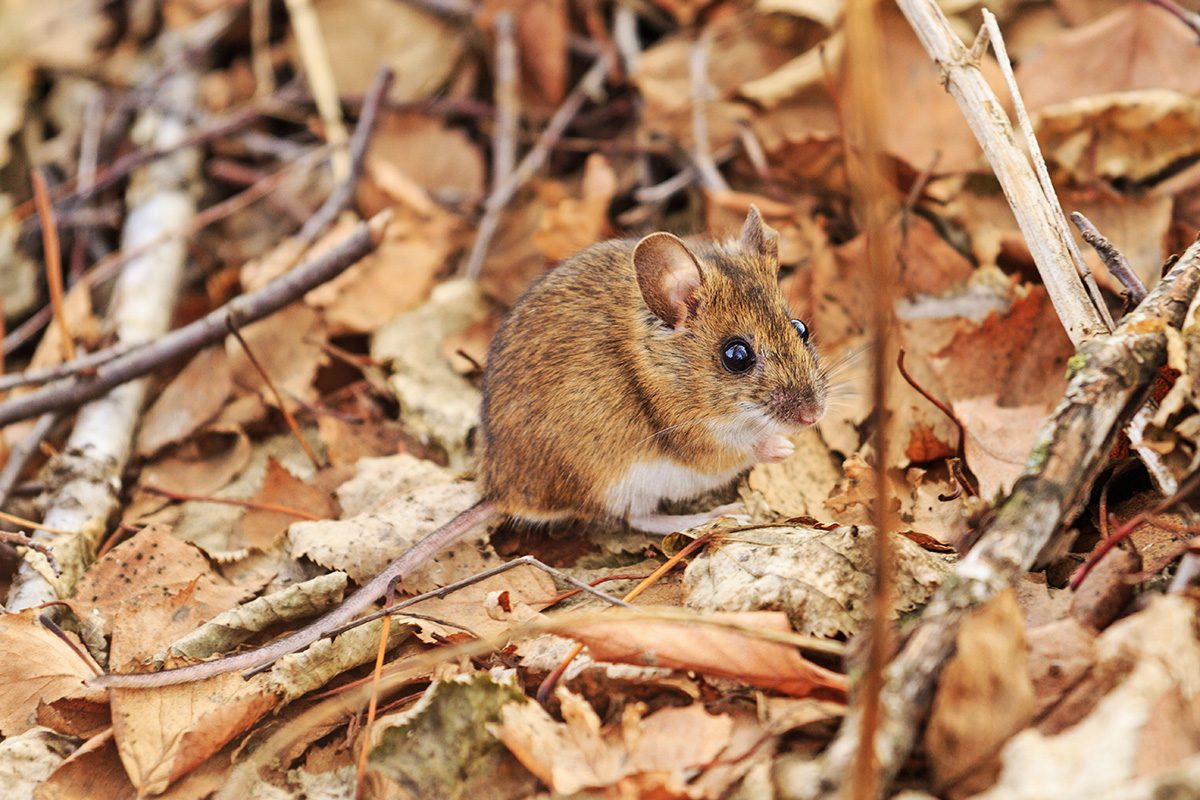
When temps turn cold, rodents become more likely to come inside. To protect your home, make sure to keep fall leaf piles away from your foundation, and also clean up any unruly landscaping around your home. If possible, take some time to go around your home looking for possible entry points and seal them as needed. Beyond that, simply keep an eye out for signs of rodents and always react quickly when you see an issue.
Additional Resources:
Take Steps Now to Keep Mice Out This Fall
At Colonial Pest Control, we get frequent calls to help nearby residents and business owners rid their properties of rodents. The more you know about the life cycle of rodents, the better you will understand how quickly a couple of these small animals can soon turn into overwhelming pests. Rodents carry diseases, damage property, and can cause embarrassment, but we can offer a quick solution.
Other Resources for Getting Rid of Rodents
Eliminate Mice to Eliminate Snakes
Rely on Colonial for Mouse Control and Exclusion
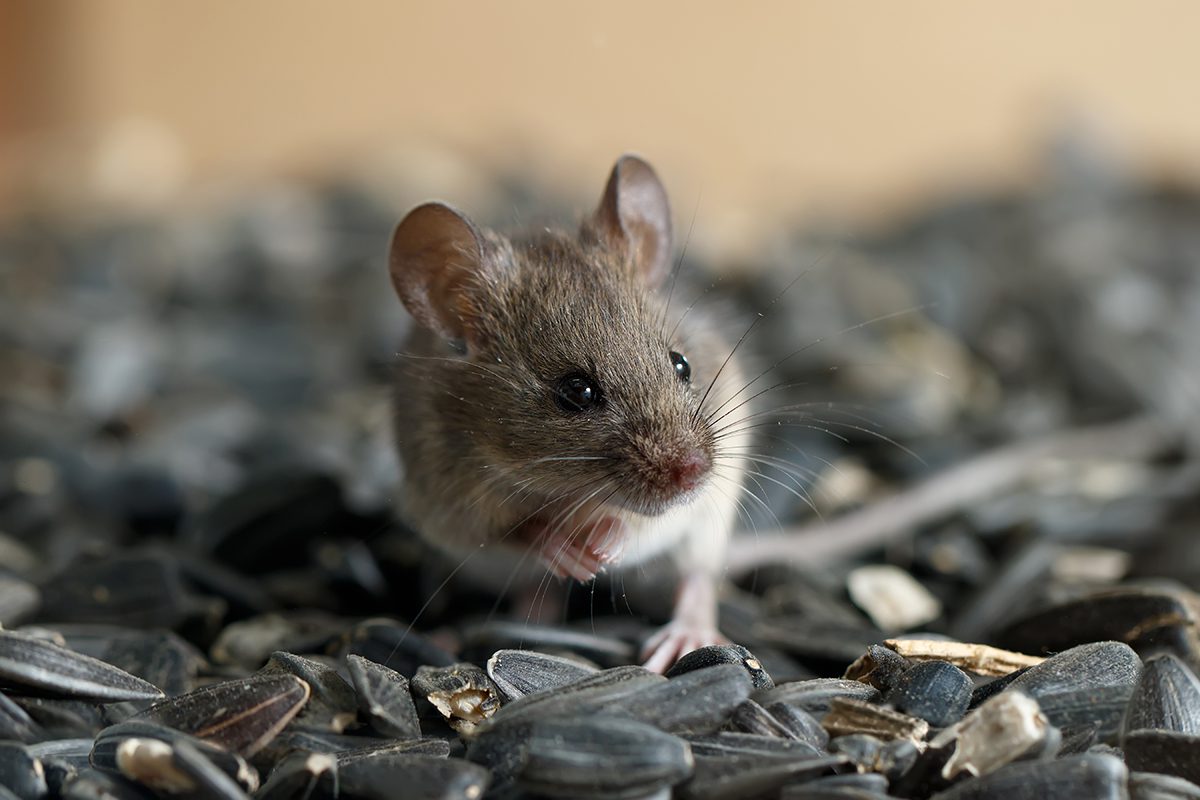
Do you have a mouse in the house, a rat in the shed, or a vole in the garden? If rodents find their way into your home or onto your property, a certified rodent control and removal service should be called to eliminate the problem before it gets out of hand! You can rely on Colonial Pest Control Company to provide expert mouse control in Massachusetts and New Hampshire. Call us today and say goodbye to your rodent problems.
Case Studies:
Rodent Removal Services
Contact Colonial Pest
Some of our customers call us after they try other means to get rid of mice and rats. Unfortunately, mouse traps and other solutions that are found at the local home improvement store just cannot keep up with the problem as fast as the rodents can reproduce. Your family cat cannot handle all those mice and rats alone, either.
You don’t have time to waste using ineffective methods to eliminate rodent infestations. You can easily end up wasting money on DIY pest control, watch your problem get worse, and then end up needing professional help regardless. If your home or business has a rodent problem, you need to contact us for professional pest control as quickly as possible.
At Colonial Pest Control, we place a high priority upon your family’s health and safety, including that of your pets. We will only use rodent control methods that effectively get rid of your pests, without harming you, your children, or your pets. If you have unwanted rodents who have taken up residence inside your home, we will evict them. Just call 800-525-8084 for a free quote.
Please call today for a FREE ESTIMATE for Rat and Mouse Control & Exclusion at 800-525-8084 or make the request online at – REQUEST A QUOTE